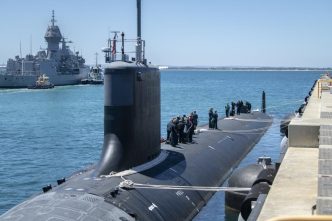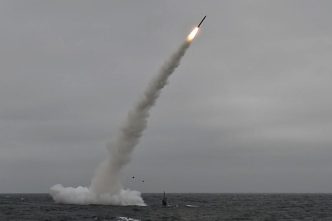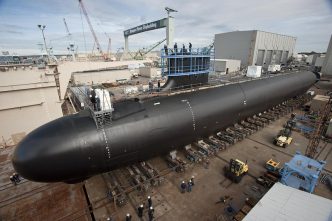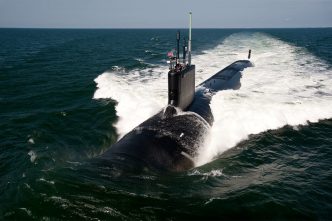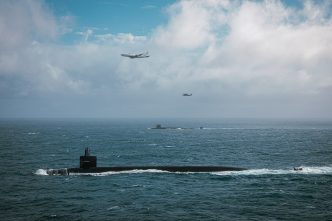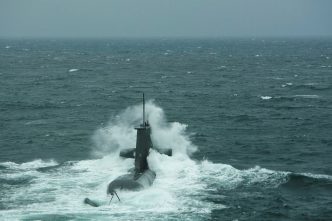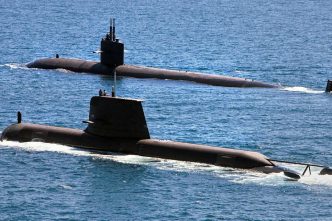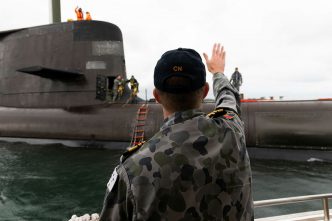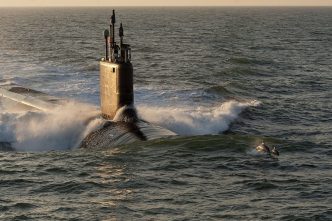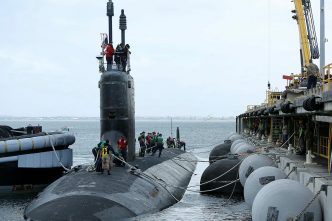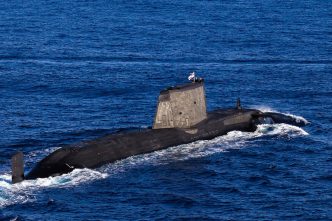The formal unveiling of the AUKUS plan is still a few days away, but we are already seeing strong signs that it will constitute a genuine trilateral partnership. If the blizzard of news reports detailing the plan is …
China’s growing power and assertiveness have been significant drivers behind developments in Australian defence policy in the past few years. The previous government’s strategic update determined that the defence force needs the capability to ‘shape’ …
Vice Admiral William Joseph Houston is a thoughtful and experienced United States naval officer, entrusted with command of perhaps the most potent US capability: its submarine fleet. Houston is also steeped in the history of …
Originally published 4 October 2022. I’ve often thought that Australia’s submarine transition is a wicked problem, perhaps one of the most wicked in the public policy arena. A wicked problem is one that is difficult …
Late in 2022—a year of war, pandemic, climatic disaster and attempted nuclear coercion—a number of news outlets published a photograph of a rare event. True, the photograph was of particular interest to only a small …
Submarines provide a unique, asymmetrical capability, giving the Australian government a range of options not offered by other platforms. Their critical importance has been emphasised in multiple defence white papers, most notably since 2009 when …
I’ve often thought that Australia’s submarine transition is a wicked problem, perhaps one of the most wicked in the public policy arena. A wicked problem is one that is difficult or even impossible to solve …
In a previous piece, we examined the broad schedule of Australia’s capability transition from conventional submarines to nuclear-powered submarines (SSNs). In planning the transition, we shouldn’t just be focusing on the point when the first …
In our most recent article, we argued that the Australian government should widen the aperture of the lens through which it is scrutinising industrial strategies for acquiring and sustaining Australia’s nuclear-powered attack submarine (SSN) capability. …
In our previous post, we considered the likelihood of the US providing Australia with Virginia-class submarines this decade. Doing so would require the US Navy to give up two of its nuclear-powered attack submarines (SSNs) …
In 2009, Kevin Rudd’s government decided to increase Australia’s submarine capability. It wrote in its defence white paper: ‘The Government will increase the size of the submarine force from six to 12 boats. The doubling …
Since the AUKUS announcement was made in September last year, a huge amount of ink has been spilled discussing the capabilities of nuclear-powered submarines, the merits of the potential designs, and the challenges of ensuring …


